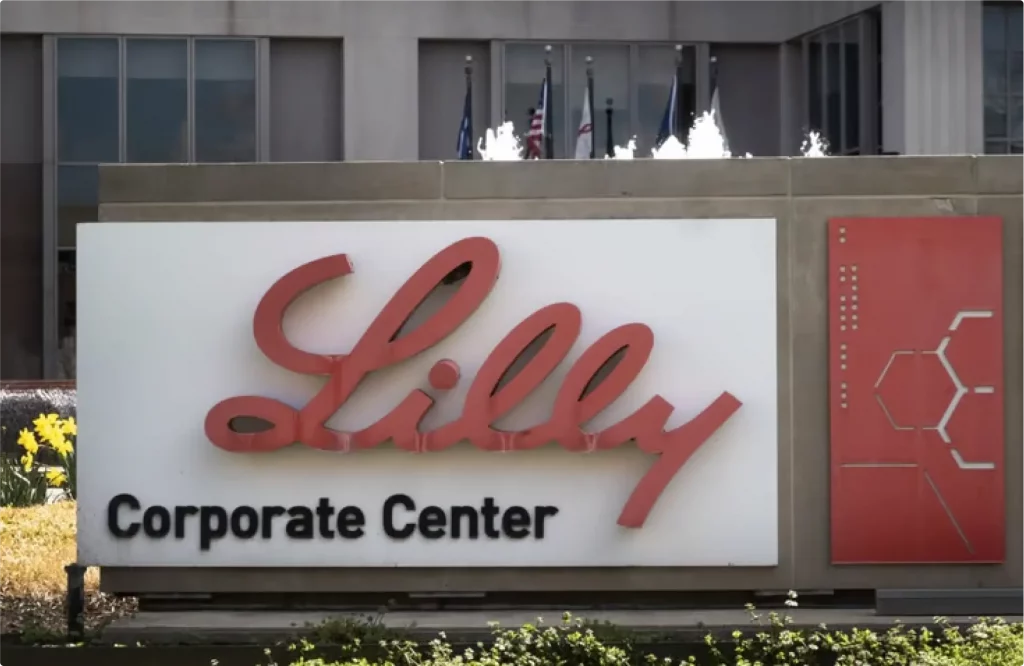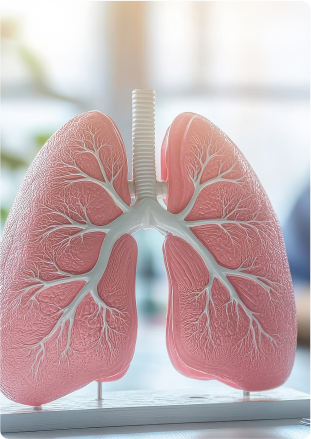
Stress is a universal experience, and while occasional stress can motivate action, chronic stress can have significant…
The mission of RMCHCS is to serve God by making a profound and lasting difference in the health and quality of life for all people in the community.
Smoking is one of the most preventable causes of death and disease worldwide, yet it remains a significant health challenge. Its impact on cardiopulmonary health—encompassing cardiovascular and respiratory systems—is profound and far-reaching. Understanding the detrimental effects of smoking on these systems highlights the urgency of cessation efforts and preventive measures.

The thin layer of cells lining blood vessels is injured, promoting the buildup of fatty deposits.
Smoking increases low-density lipoprotein (LDL) cholesterol, which oxidizes and sticks to artery walls.
Chronic inflammation triggered by smoking exacerbates the narrowing of arteries.

Smoking promotes the formation of blood clots by:
The tiny air sacs in the lungs that facilitate oxygen exchange are damaged, reducing lung capacity.
Persistent exposure to smoke causes inflammation, leading to mucus buildup and narrowed airways.
Decreased lung function and poor oxygen transport impair physical performance.
Smokers are at greater risk of simultaneous heart and lung diseases, such as pulmonary hypertension or heart failure.

Smoking’s impact on cardiopulmonary health is devastating, contributing to a host of life-threatening conditions in both the cardiovascular and respiratory systems. However, the human body has an incredible capacity to heal once smoking is stopped. By quitting smoking and seeking support, individuals can dramatically reduce their risks and improve their quality of life. At institutions like Rehoboth McKinley Christian Health Care Services, promoting smoking cessation and providing resources for healthier living are critical steps in fostering a healthier community.

Stress is a universal experience, and while occasional stress can motivate action, chronic stress can have significant…

Sleep is not just a luxury but a necessity that directly impacts mental, physical, and behavioral health.

Substance abuse is a growing concern in society today. With multiple contributing factors, one of the most …

Call 505-863-7000
1901 Red Rock Drive,
Gallup, NM 87301
6:30 AM – 9:00 PM
Opened (M-F) 6:00 AM- 5:30 PM
24/7
Are you sure you want to open this job?